The FSP Hydro G Pro PSU (850 W)
The legendary “Fortrons” are ancient history, but many of you still remember them vividly. Especially when it comes to the Blue Storm model series, which among the cheaper ones of its time represented one of the few alternatives. Its manufacturer was FSP, as is the case with the Hydro G Pro. With that, we can also talk about better affordability for a powerful, 850-watt model.
From the outside
When it comes exclusively to ATX 3.0 power supplies, the Hydro G Pro ATX3.0 (80 Plus Gold) represents a kind of middle class in the FSP lineup. Cheaper than it is the Hydro GT Pro ATX3.0 ((80 Plus Gold)) and the low-end is Hexa 85+ PRO ATX3.0 with 80 Plus Bronze certification. We were very interested in the latter power supply (to have something really “cheap” for comparison), but it is not currently sold, although it is a new model with a proper product page on the FSP website. However, we will focus on the Hydro G Pro ATX3.0 in our tests. If you can’t wait until its results are published and would like to buy it before then, it’s important to make sure that it includes “ATX3.0” in the name. There is in fact an older “Hydro G Pro” supporting the ATX 2.52 standard, which has slightly different specifications associated with it.
The grille in front of the fan is circular, but it’s not a wire type like on the Chieftec Polaris 3.0. The holes are stamped traditionally into the sheet metal, but perhaps with an eye towards a more acoustically pleasing profile. The rounding of the outer edges of the grille holes might also contribute to this.
Overall, it is a rather shorter PSU (with a casing length of 150 mm) and if you are wondering what the “Eco” button on the rear grille is for, it is to enable semi-passive fan mode up to 30% load.
In the case of the tested 850 W variant, the fan should be turning on at around 255 W. Such fan switch-off helps to achieve especially higher efficiency at very low loads, at which the ATX 3.0 standard has tightened the requirements. However, we assume that the power supply will fit into the required values even with the fan running (i.e. with Eco mode turned off).
The 12-volt rail here is a single strong one that should handle a continuous load of at least 70.8 amps. In practice it will probably be more, you’ll find out exactly how much from the overload protection tests.
The 12VHPWR connector for external power supply of the more powerful graphics cards with Nvidia GPUs is a “600-watt” connector, with 16-pin on either side. Due to the fact that it uses hollows which are supposed to be more in contact with the pins (which is good, it reduces the transient resistance/temperature), you have to apply relatively more force to push it in all the way. A gentle pop, produced by the snap of the latch on the connector, informs you of the correct installation.
The power supply has three traditional 6+2-pin connectors, just enough to connect the most powerful Radeon RX 7900 XTXs. Rare nowadays is the presence of a 4-pin “Floppy” connector, which, from still useful devices, can be used to power older memory card readers or some multi-channel fan controllers.
With the exception of the cable with 16-pin PCIe 5.0 connectors (12VHPWR), which has individual wires in a mesh, all others are flat.
The FSP Hydro G Pro ATX 3.0 is the cheapest power supply we are preparing for comparison tests at the suggested price of 150 EUR.
… and from the inside
The fan used is “only” 120 mm, which is smaller than most ATX power supplies. It’s the Protechnic MGA12012XF-O25, which is expected to hit 2700 rpm at its maximum. But at optimal loads between 50–60%, it will hopefully be staying at significantly lower speeds. According to the advertised FSP chart, the speed should never exceed 1300 rpm.
The design of the power supply is atypical using “larger” electrical components.
Notice that there is only one capacitor on the input filtering, but it is one proper cylinder with a capacity of up to 680 μF. It is a Nippon Chemi-Con of the first-class KHS range. The smaller capacitors in the secondary are also Nippon Chemi-Con, but already (according to the parameters also very decent) KZE models.
| Brand and model of the PSU | Basic parameters from the manufacturer | Price [eur] | ||||||||||
| Power output [W] | Continuous current load [A] | 80 Plus | Connectors | AWG | ||||||||
| +12 V | +5 V | +3.3 V | 16-pin * | 6+2-pin * | 8/4+4-pin | SATA | 4-pin Molex | |||||
| FSP Hydro G Pro ATX3.0 | 850 | 70.8 | 20.0 | 20.0 | Gold | 1+0× | 3+0× | 2× | 10× | 3× | 18–16 | 150 |
| Chieftec Polaris 3.0 (PPS-850FC) | 850 | 70.8 | 22.0 | 22.0 | Gold | 1+0× | 2+0× | 2× | 12× | 4× | 18–16 | 152 |
| Asus ROG Strix 850G Aura | 850 | 70.8 | 22.0 | 22.0 | Gold | 1+0× | 1+2× | 2× | 5× | 4× | 18–16 | 208 |
| Seasonic Vertex GX-850 | 850 | 70.0 | 20.0 | 20.0 | Gold | 1+0× | 3+0× | 2× | 8× | 3× | 18–16 | 200 |
| Enermax ERT850 EWT | 850 | 70.5 | 20.0 | 20.0 | Gold | 1+1× | 4+0× | 2× | 12× | 6× | 18–16 | 160 |
| BeQuiet! Dark Power 13 | 850 | 70.0 | 24.0 | 24.0 | Titanium | 1+0× | 4+0× | 2× | 12× | 3× | N/A | 250 |
| DeepCool PX1000G | 1000 | 83.3 | 22.0 | 22.0 | Gold | 1+0× | 3+0× | 2× | 7× | 4× | 18–16 | 180 |
| MSI MPG A850G | 850 | 70.8 | 22.0 | 22.0 | Gold | 1+0× | 4+2× | 2× | 7× | 4× | 18–16 | 169 |
* The number of PCI Express connectors is given as the sum of native and shared connectors (the second number after the “+” sign). Native connectors are those that are the same on both sides. Shared ones are then connected via different connectors on the power supply side, for example, a single 300-watt 16-pin (12VHPWR) is created by using two 6+2-pin connectors, and vice versa – a 16-pin connector can be used to connect a cable with two 6+2-pin connectors.
English translation and edit by Jozef Dudáš
- Contents
- The FSP Hydro G Pro PSU (850 W)





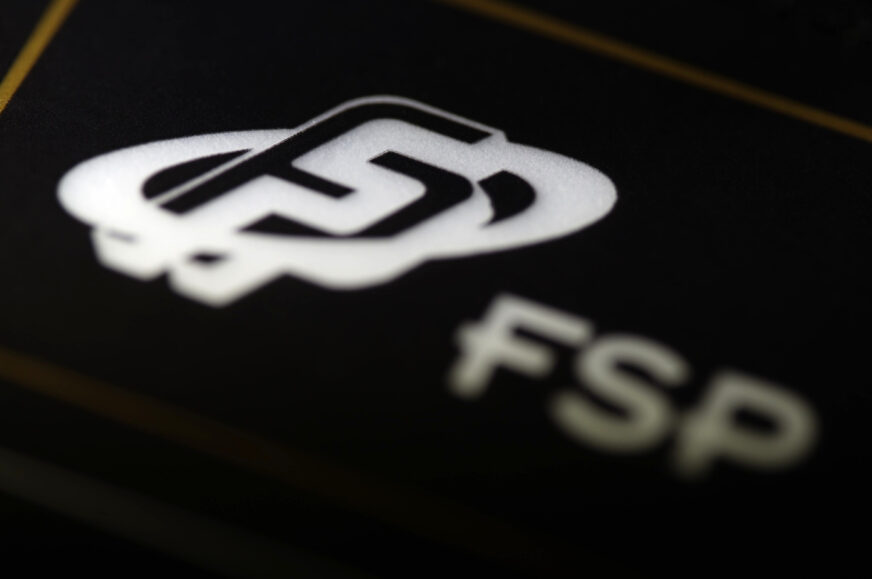
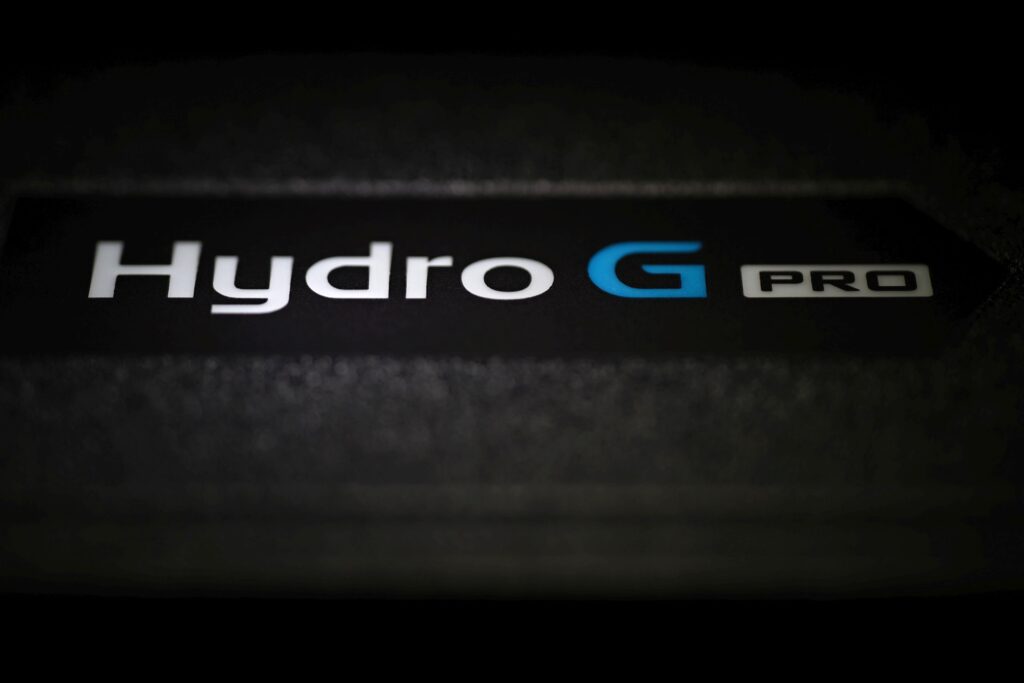
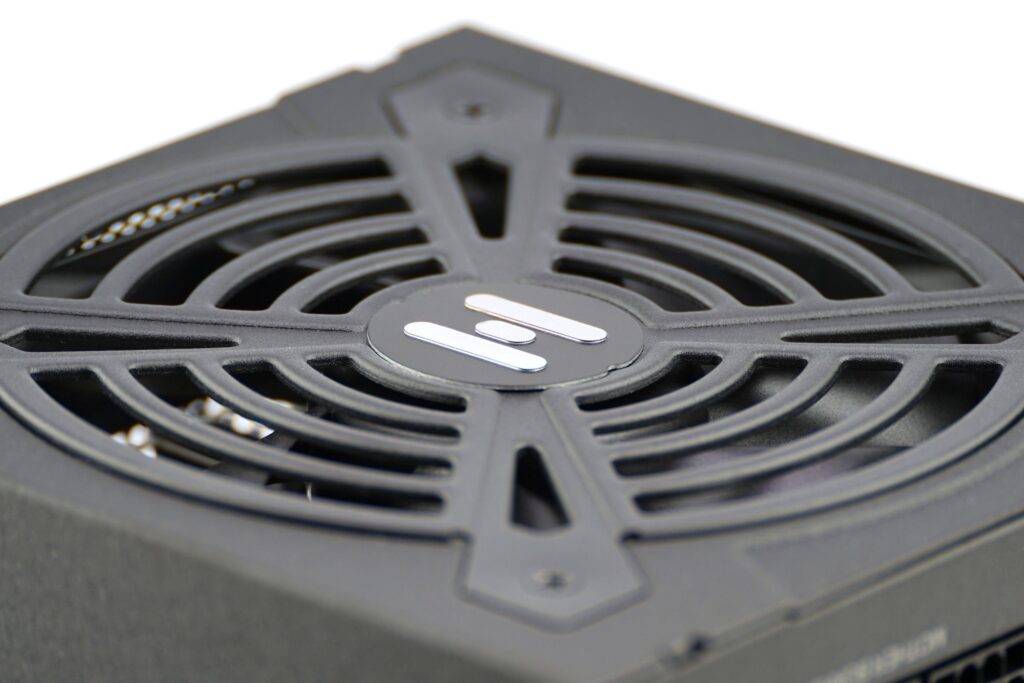
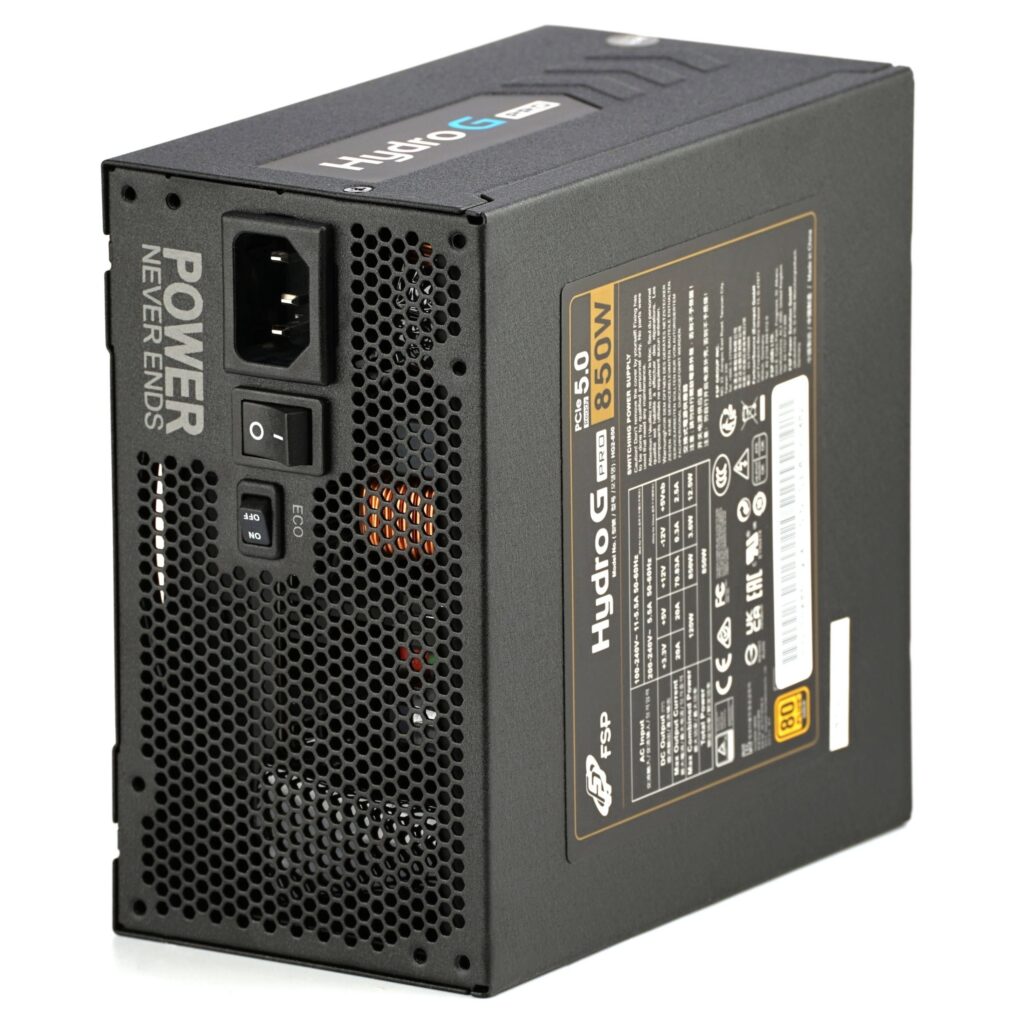
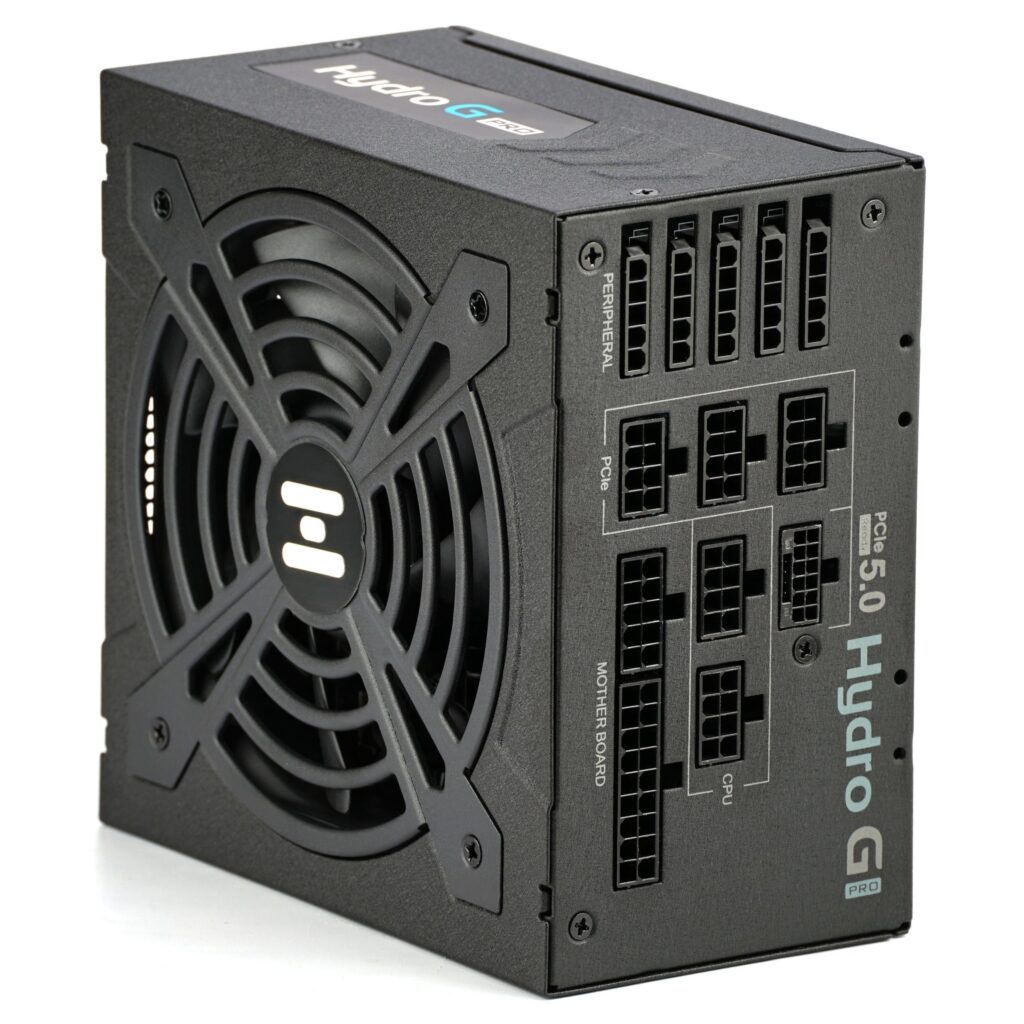

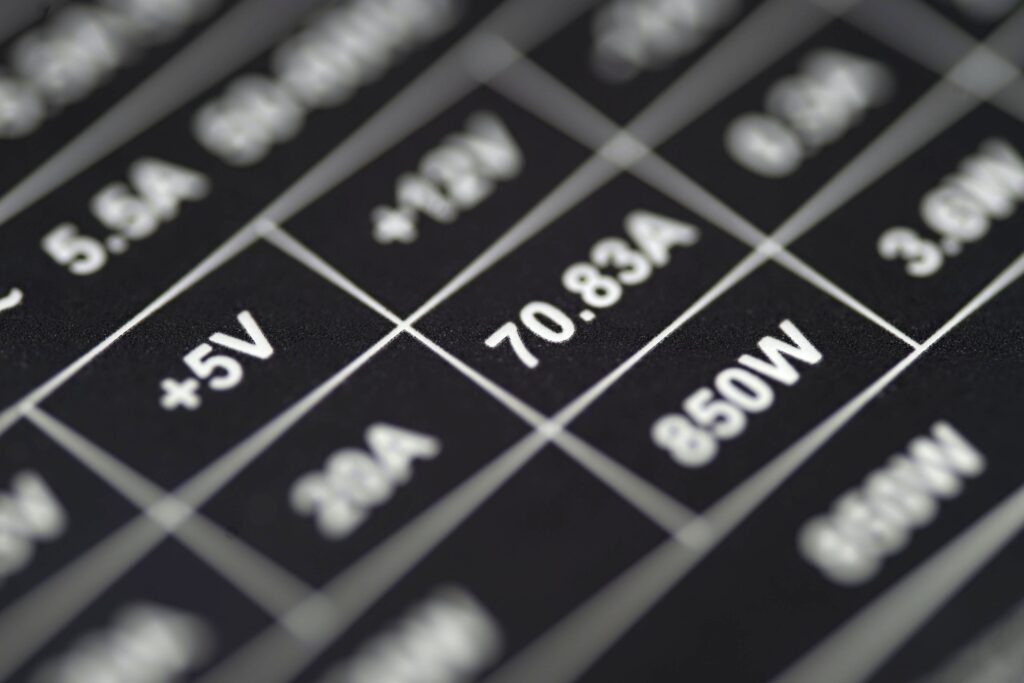
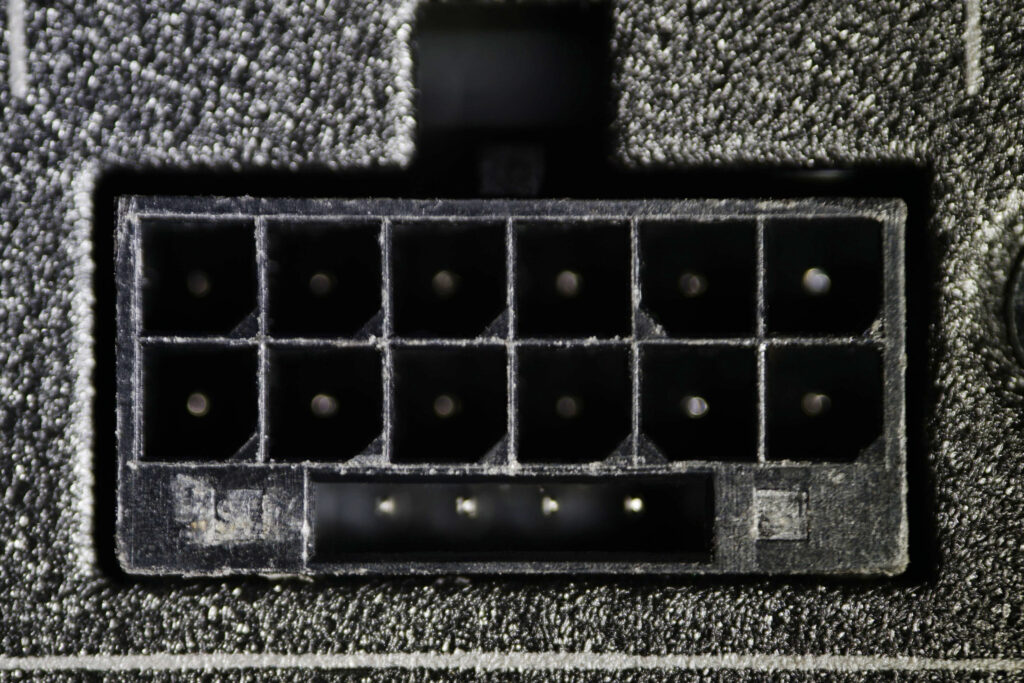
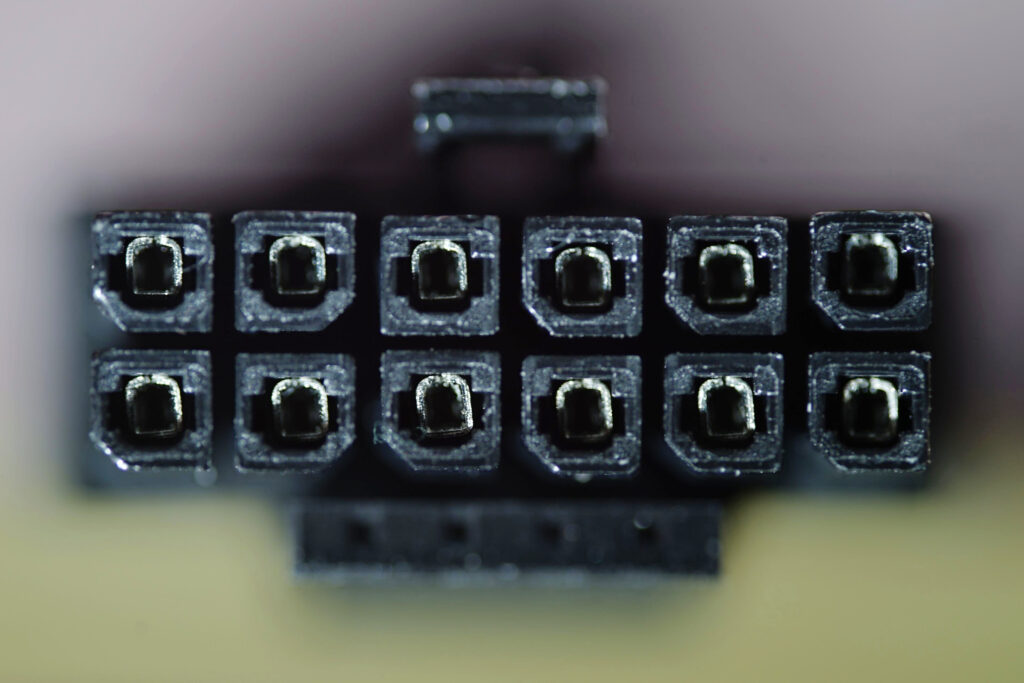
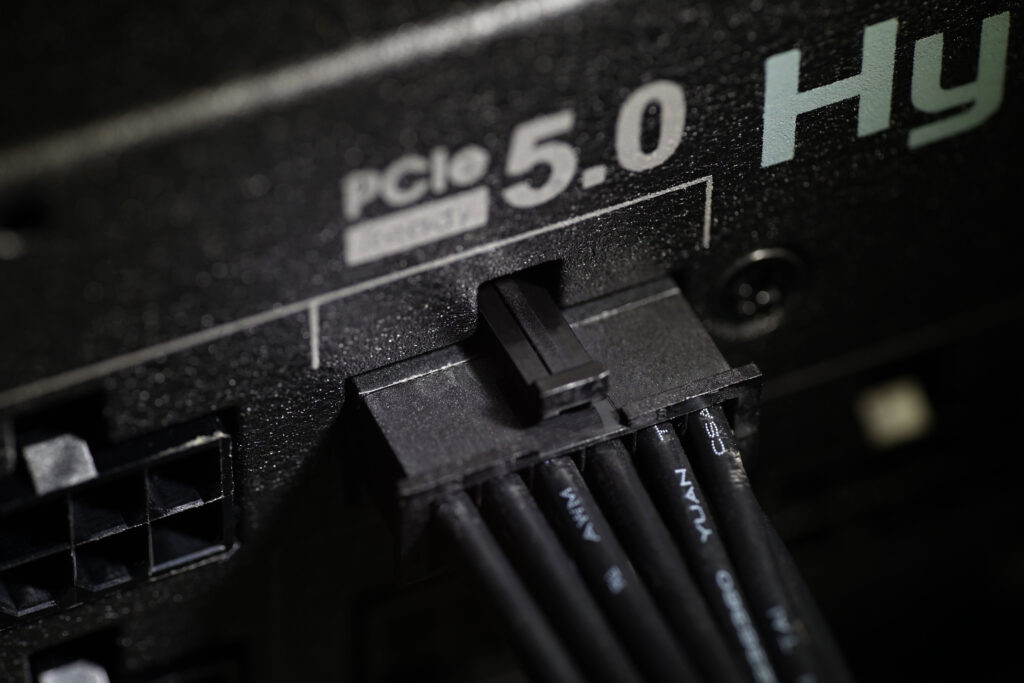
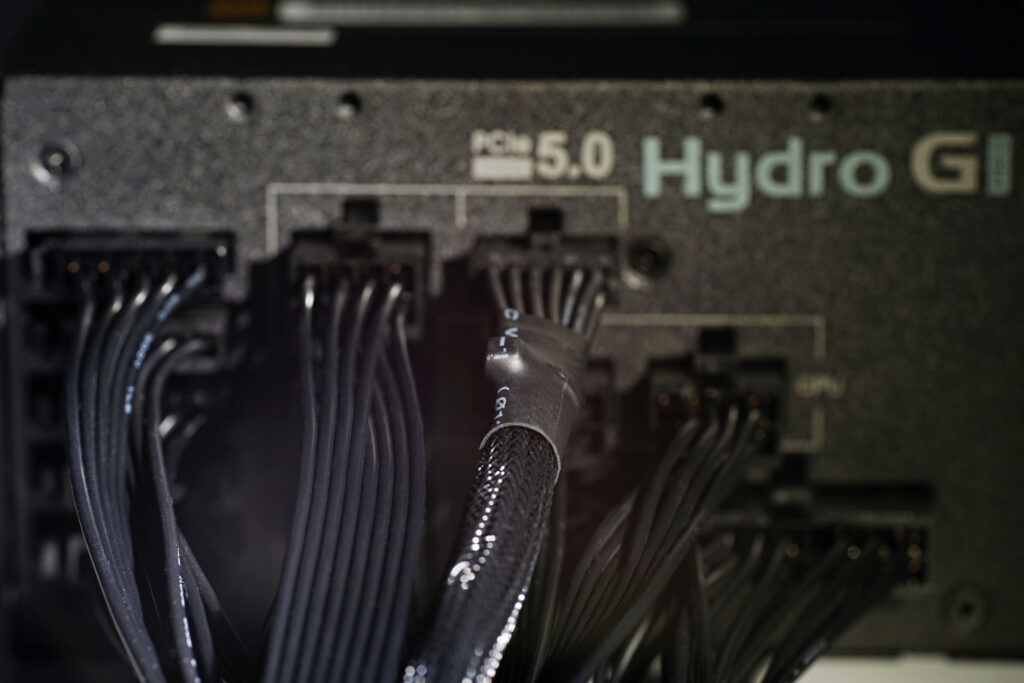
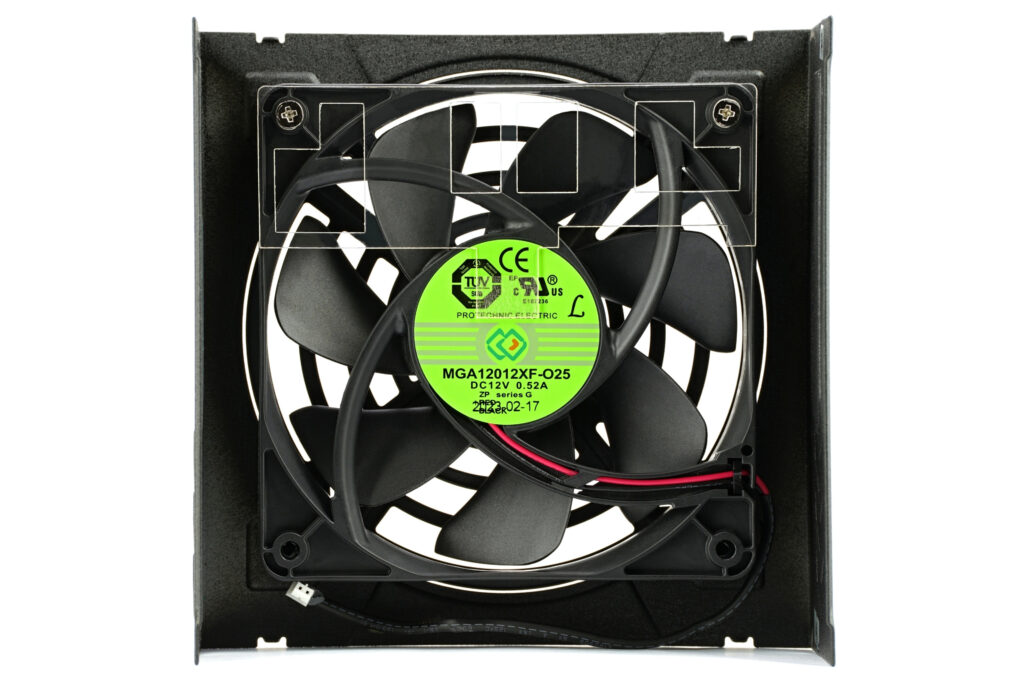
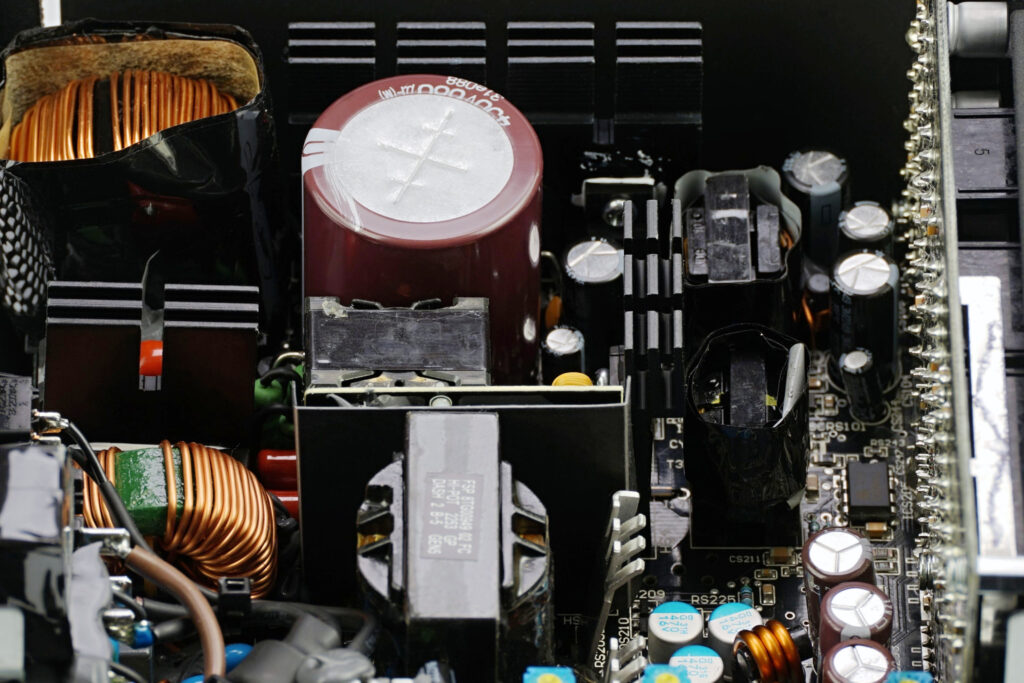
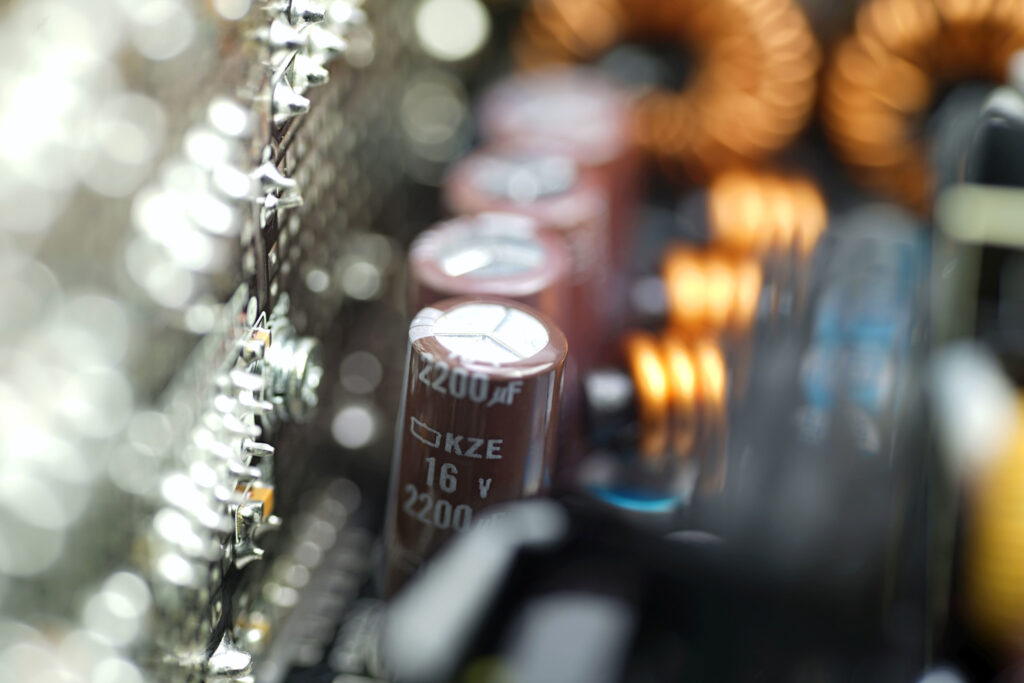
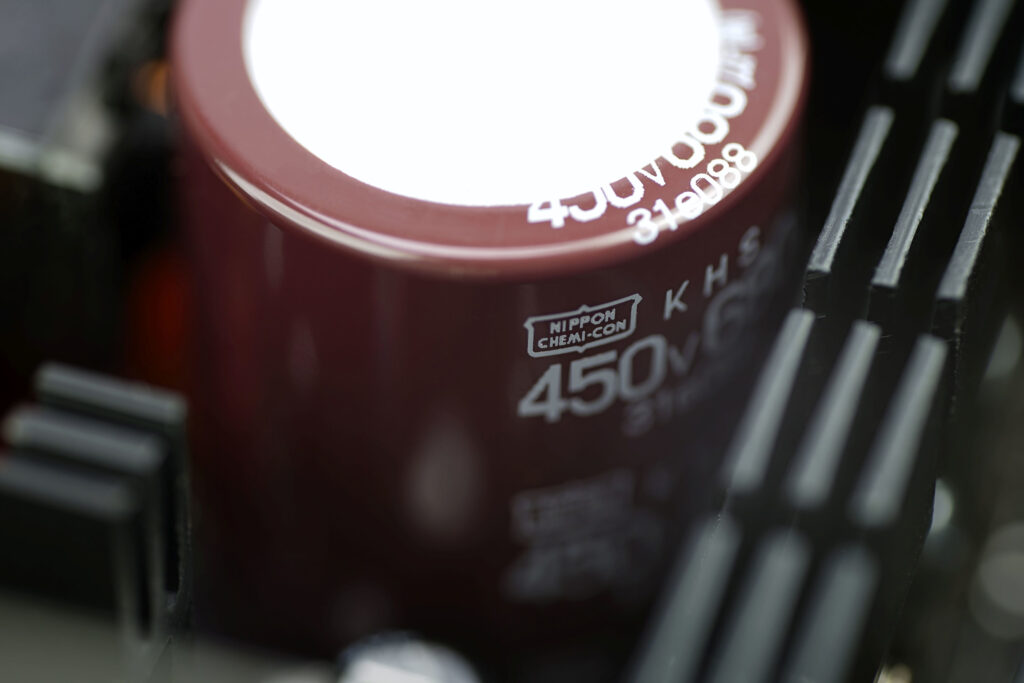
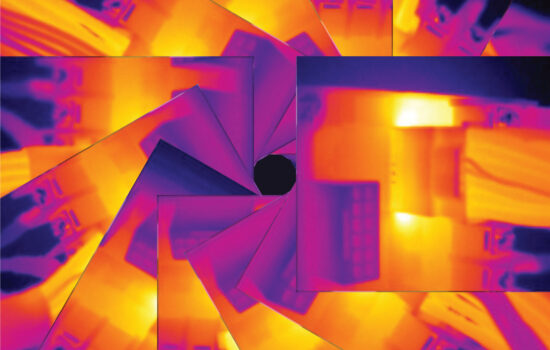
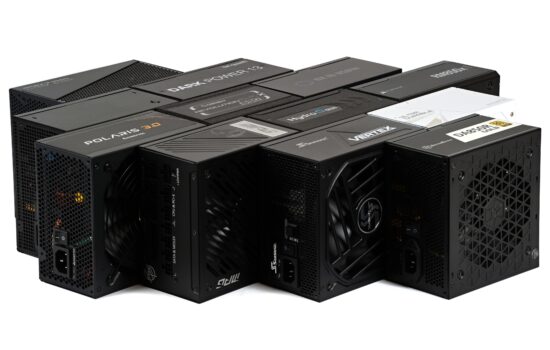
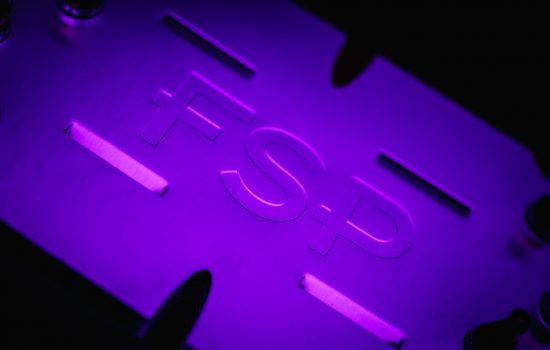



It’s a nice PSU, but for 150 euros you should be able to get Corsair RMx Shift which is just way better: a little better electrically; has longer passive and quieter active operation; doesn’t have 12VHPWR on PSU side and has connectors comfortably placed on the side (which btw won’t be an issue compatiblity wise – you need less than 2cm to fit the cables, so it’s harder to find the case not having such space).
We also have the Corsair RMx Shift. Why do you think the lack of a 12VHPWR connector on the power supply side is an advantage if the cable is connected with only two 8-pins. If there were four, I would understand. Note that Corsair has an “ATX 3.0 ≤ 300W PCIe 5.0” warning on their PSUs, which basically warns against using the RTX 4090. Nevertheless, we got a statement from Corsair that the 12VHPWR connector is rated up to 702 W (i.e. 58.5 A), but I guess they really mean only the connector and not the cable as such. I’m a bit lost in this (when what they wrote to us doesn’t match with what they state on the box) and we are waiting for some satisfactory technical explanation. I am probably missing something in this matter.
So we already know that the “ATX 3.0 ≤ 300W PCIe 5.0” label on the power supply packaging is outdated. This is not a completely new thing either and Corsair commented on this on Reddit a while ago. I missed this. And we already have that technical statement on why this design is capable of continuous 55A (and thus meets 12VHPWR/12V-2×6 requirements) on the power supply side as well. It will be in the preview…
So far all the Corsair 12VHPWR are 600W. From a companies point of view it’s more expensive and annoying to have all the different wattage cables, so Engineers at Corsair and almost everyone else, just ignores those guidelines from PCI-SIG.
Customer Support, Marketing, Packaging and other parts of Corsair, and other companies, may or may not make confusing stickers, labels and wording, or they may or may not have wrong information (that’s normal in the industry)
But that’s for now, jonnyGURU it might change any time. Again it’s mostly gonna be an arbitrary change (not an actual decrease in cable+connector capability. Just artifical production segmentation.
Corsair always follows guidelines accurately and also exceeds requirements and guidelines all the time.
Lack of 12VHPWR is advantage for the same reason they converting from 12VHPWR to 12V-2×6 (problem with melting being not always user error/bad PR of connector). It also potentially stresses PCB less with being divided into two plugs. Functionally there’s no advantage of having 12VHPWR on PSU side – what e.g. Corsair did with Shift differs from 12VHPWR in all current ATX 3.0 PSUs only with looks and it won’t change.
Probably with Corsair rating 12VHPWR cable on the box is they wanting to look like they obey Intel specification, but in fact all wattages of Shift supply with 12VHPWR the same full power. Others don’t care or play it too, e.g. Thermaltake even put these Intel numbers on fully capable cables. Croud would hate needing to buy >=1200W PSU to have 600W 12VHWPR or find units obeying spec cash grab.
Thanks for the additional comment. I’ll admit that I had attributed the 8-pin PCIe connector designs with a lower maximum current carrying capacity than they probably actually have. I respect what Jon Gerow of Corsair R&D writes (for example, also on his website) and we are certainly not in a position to judge these things. Based on his work, which is also available in public articles, I regard Jon as a natural authority and a top expert. He loves PSUs as much as I love fans, haha. We don’t have any practical knowledge in the area of power supplies, but we’re trying to get some now. And along the way, create a useful comparison of a few models with support for the ATX 3.0 standard. 🙂
Jonny Guru is a legend, but if we talk about comparisons, just check Cybenetics database in case you don’t know it yet or are not conscious of it’s awesomness. It’s just what PSU hobbyst or just buyers always wanted – all certified PSU have rates fastly categorizing performance, but also downloadable reports where you can check most of interesting things measured with normalized procedure – it makes all PSUs here nicely comparable and man doesn’t need to count or rather worse than better reviews online.
Yes, I know the work of Aris/Cybenetics on PSU tests – it’s perfect. Of course, we don’t want to compete with them. What is stated at the end of each preview is true. For us, this is only a marginal topic, to which we will probably not return afterwards (we have to travel abroad for these tests, we do not have the equipment to measure the electrical properties of the PSUs). The main motivation to go for it was that we like measurements of any kind and here we will come across some new ones and also the Chroma load device (a kind of early Christmas, haha), all naturally after being trained by a technician who deals with these things professionally.
And then, from our testlab, there will come a rather interesting and unique frequency analysis of the sound (even if only in the interaction of the fan with the grille/protective shield behind the fan, i.e. without the sound of the coils/transformers). This could be quite useful and also expand the knowledge in our key topics around fans.
I think that people here wouldn’t expect you doing PSU stuff being traditional testing (regulation; ripple; efficiency etc) and anything other related, like what you mentioned, could be way more interesting 😉 If we talk about acoustics and PSU testing one thing immediately comes to my mind, what is extremaly crucial, because the most real life aspect of given unit’s work which nobody ever even mentions: how does semi-passive operation behaves? Here’s variance between semi-passive devices (GPUs count here too). This thing is how quietly or loud fan turns on/off and if temperatures turning it on and off are different. Example of shitty semi-passive operation is when it turns on/off noticeably and then turns on and off repeatedly when internal temperature hovers around xCelsius being border of semi-passive operation. Nice PSUs turn their fans quietly and temperature tuning it off is way lower than one turning it on to avoid cycles above. Typical load/dBA or rpm graphs don’t show it and it all is determined by used fan controller.
We will do the traditional things, but it is true that it will not be to the extent that people are used to with tests that are created completely in our testlab. Anyway, without the ability to meaningfully measure efficiency, I certainly wouldn’t go into something like “PSU tests” (without that, some manufacturers wouldn’t even provide us with samples). This is the basis on which we will pack some unique things, which will include the detailed acoustic analysis.
„This thing is how quietly or loud fan turns on/off and if temperatures turning it on and off are different.“
I am thinking how this could be done in the conditions we will have. The main point is that the sound will be analyzed at our place, where we don’t have adjustable Chroma load. With it, in an external testlab, the noise cannot be analyzed, because this part of the measurements will take place in an environment that is too noisy, but we will take away from it at least what PSU loads correspond to what fan speeds. Based on this, it will be possible to reconstruct these measurements to measure the aerodynamic noise. In the external testlab we will, of course, also monitor at what speed the fan starts spinning. We will not reconstruct its run-up in our testlab for the purpose of noise measurement, because we do not have a controllable load, which can be used to increase the load linearly in small steps. Anyway, exactly as you describe it (in conjunction with the monitoring of temperature curve) it is a very good idea for unique and useful measurements. But for the reasons given, I am afraid that we will not be able to gain such knowledge. Or at least at the moment I don’t see a way to get there. Of course, it would be possible to test it, but we would have to have a load device that would be able to put a load on each power supply at least up to the level where the fan starts to spin. But to acquire it only for this one purpose for one-off tests of power supplies that we do not plan to develop in the future would probably be inefficient. Especially when we are trying to save up for a test methodology for thermal pastes, which is a topic where I am convinced we can be much more useful. 🙂
In topic of acoustics just do what you are able to do – no matter how good there are PSU reviews, this aspect is usually neglected, so anything more than typical load/dBA curve would be valuable 😉 And some better kind thermal paste testing? Can’t wait! Btw there’re voices that performance of Gelid GC Extreme is not that good as it used to be when it was on par with absolute top like Kryonaut or MasterGel Maker. Given it’s price, Gelid used to be no brainer for people needing much of it.
Sure, PSUs are not really something that we have some ambitions for the future, so I don’t want to burn too much energy on them. But in terms of acoustic measurements, as I wrote, we’ll be looking at frequency analysis of sound, and so far I have it noted in the concept methodology that it will be measured at speeds that correspond to the 5/20/50/100% load stages at which I’ll be measuring efficiency. The most attractive measurements should perhaps be at 50% load, when a PSU is achieving high efficiency and is therefore a practical and common scenario. But it will certainly also become apparent whether it makes sense to complain about, for example, BeQuiet! acoustically, that they do not support semi-passive operation and the fan is always active, even at very low loads.
By the way, we will have to work with extremely limited time for the electrical tests this time – we only have two days to test all 14 models (that’s how many there will be in total :)). Of course I will try to get the best out of them, but it’s still only two days. That’s not even enough for complete tests of one fan using our methodology.
“… Gelid GC Extreme is not that good as it used to be when it was on par with absolute top like Kryonaut or MasterGel Maker.”
There are a number of similar question marks. For example, the removal of the thermal conductivity parameter from all Arctic thermal pastes. Even from those where before this key parameter was present and instead of it there are many other, in practice quite irrelevant ones (such as cross-sectional voltage and similar things that may not interest the end user). Personally, I don’t think that this is due to any decrease in thermal conductive properties, but perhaps because, unlike the price, which is increasing, this parameter is stagnating. And that does not look good in marketing materials. However, I have no doubt that many manufacturers take advantage of the fact that there are no proper thermal paste tests and sometimes give false values for thermal conductivity. But that is not the motivation why we plan to test pastes in detail. The main thing, as with fans, is to create a database of relative efficiencies across all available options. This is something I often work on in my spare time and prepare various documents to get the best possible result in the end. It certainly cannot be done again without consultation and training from experts in the field of chemistry. There are a lot of things I am not clear on in this area and I have to remove all imperfections in my understanding before starting the thermal paste tests in order to be able to evaluate the pastes in a relevant way. It will be a long process and at the moment I cannot say when we will have the financial means for these tests and at the same time all the expertise to carry out the measurements. I would rather not count on next year yet, but it will come sooner or later. Things that I have been thinking about for a long time while falling asleep always happen in the end. The question is not so much IF, but WHEN. 🙂